Not a CA, but a “Grahan”! Hard but fascinating job for airplane girls!
Now, about 40% of the recruits are women!
No matter how much sunscreen I put on, the moment I step outside, it drips off with sweat, so I gave up applying it,” says Mei Yamamoto, a JAL Ground Service employee.
Have you ever heard of “ground handling” (commonly known as “grahan”) at airports? Ground handlers are responsible for guiding and pushing back aircraft from arrival to departure, loading and unloading passenger baggage and cargo containers, moving aircraft, and other ground handling tasks. They are the “behind-the-scenes” force behind aircraft safety and on-time flight operations.
They work outdoors 365 days a year, rain, wind, snow, heat, and cold. The work environment at the site is harsh. A decade ago, there were only male staff at these workplaces.
Now, the number of female staff is increasing in such workplaces. According to JAL Ground Service (JGS), which is in charge of ground handling for Japan Airlines (JAL) Group flights, the number of female applicants has been increasing every time the company recruits staff in recent years, and now about 40% of the recruits are women. According to a recruiter, “Compared to 10 years ago, the number of women who want to become ground handlers has increased dramatically,” and the company is actively working to improve the workplace environment and other aspects of work.
The majority of women working in the airline industry have long been flight attendants (CAs) and ground staff who check in at airport counters, and the majority are still women. We interviewed a woman on the ground at Haneda Airport.
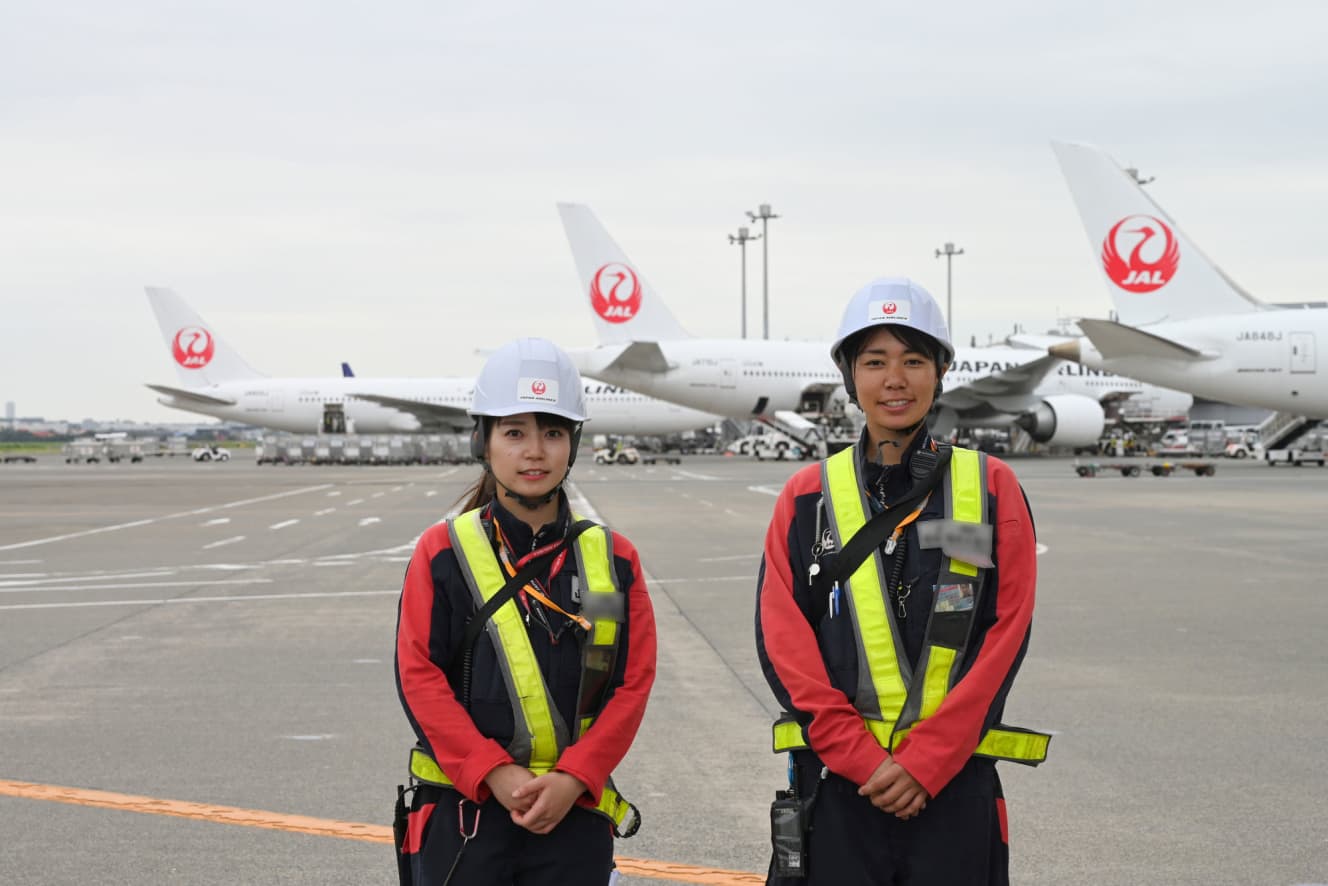
Teamwork is an essential part of the job, working within a limited time frame.
Ground handling work is truly a “team effort. It takes just over an hour for an aircraft to arrive and then depart. During that time, a series of tasks must be completed.
The arriving aircraft is guided to the spot (parking lot), the PBB (passenger boarding bridge) is attached to the aircraft, and cargo containers and baggage are unloaded. After that, cargo containers and baggage for the next flight are loaded, and after passengers finish boarding, the PBB is removed and the aircraft is prepared for pushback (pushing the aircraft out).
Then, a towing car (aircraft towing vehicle) takes the departing aircraft out of the spot and onto the taxiway. Many of you have probably seen the scene of the ground staff lining up in a row and waving them off. The number of staff members assigned to each flight varies depending on the size of the aircraft, with five to six for the Airbus A350, the mainstay of domestic flights.

Close interview with female staff working for a JAL Group company
We interviewed two of JGS’s female staff this time. They are Mei Yamamoto, in her third year with the company, and Yuriko Fukuda, in her fourth year with the company.
They were in charge of JAL321 flight from Haneda to Fukuoka, which arrived at 12:40 p.m. Ms. Yamamoto was in charge of loading cargo containers into the cargo hold of the aircraft after transporting them with a towing tractor, and Ms. Fukuda was in charge of pushing back the departing aircraft with a towing car. Mr. Fukuda was in charge of pushing back the departing aircraft with a towing car. The Haneda-Fukuoka route is one of the larger domestic routes, and the number of passengers and cargo is not small, so the workload is heavy.
He worked quickly and efficiently within the limited time available, but it was not an easy task. It takes two people to manually connect and disconnect the tow bar, which connects the aircraft to the towing car, before pushback. If the work is not performed by everyone working together, it will affect the safety and on-time operation of the aircraft.

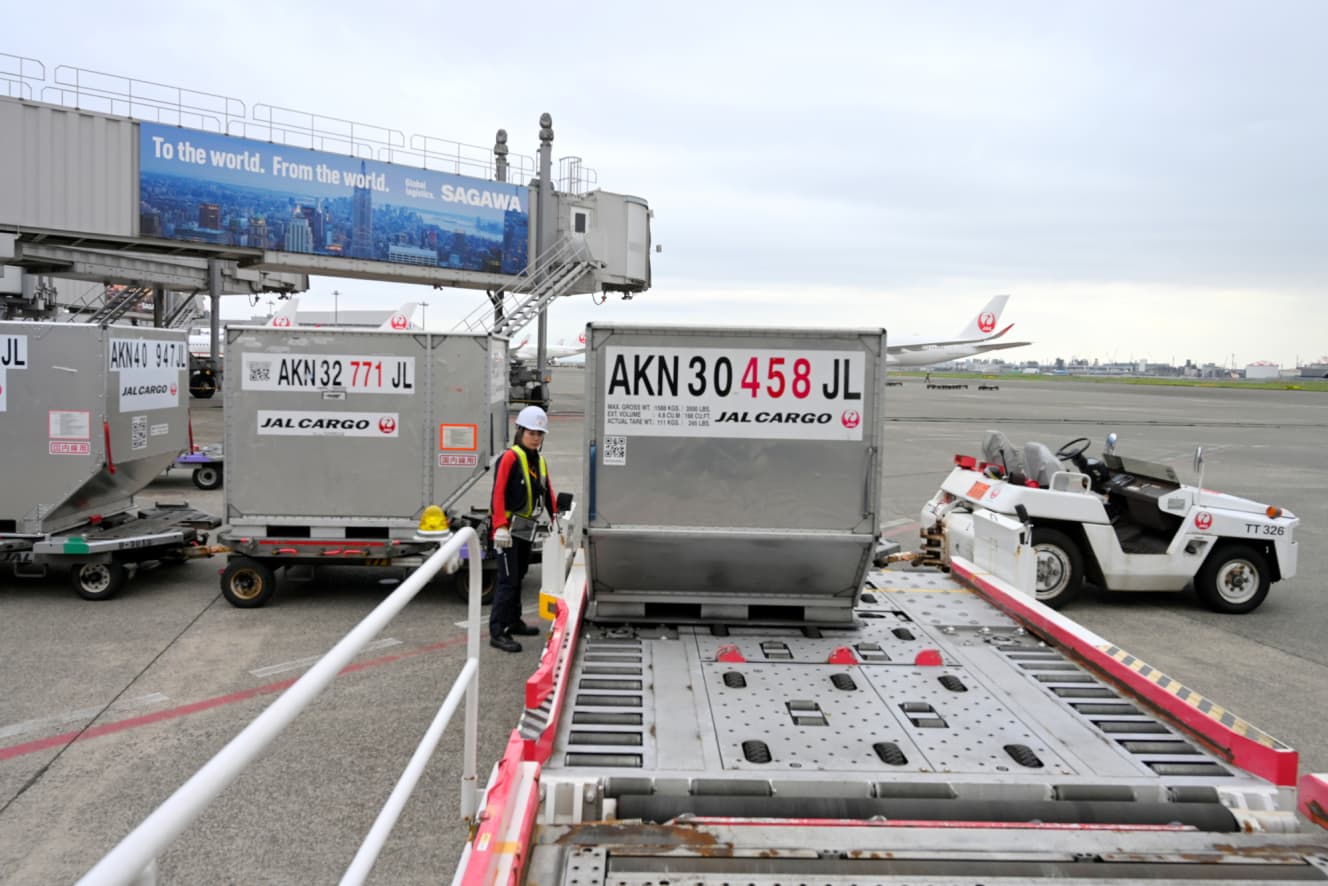
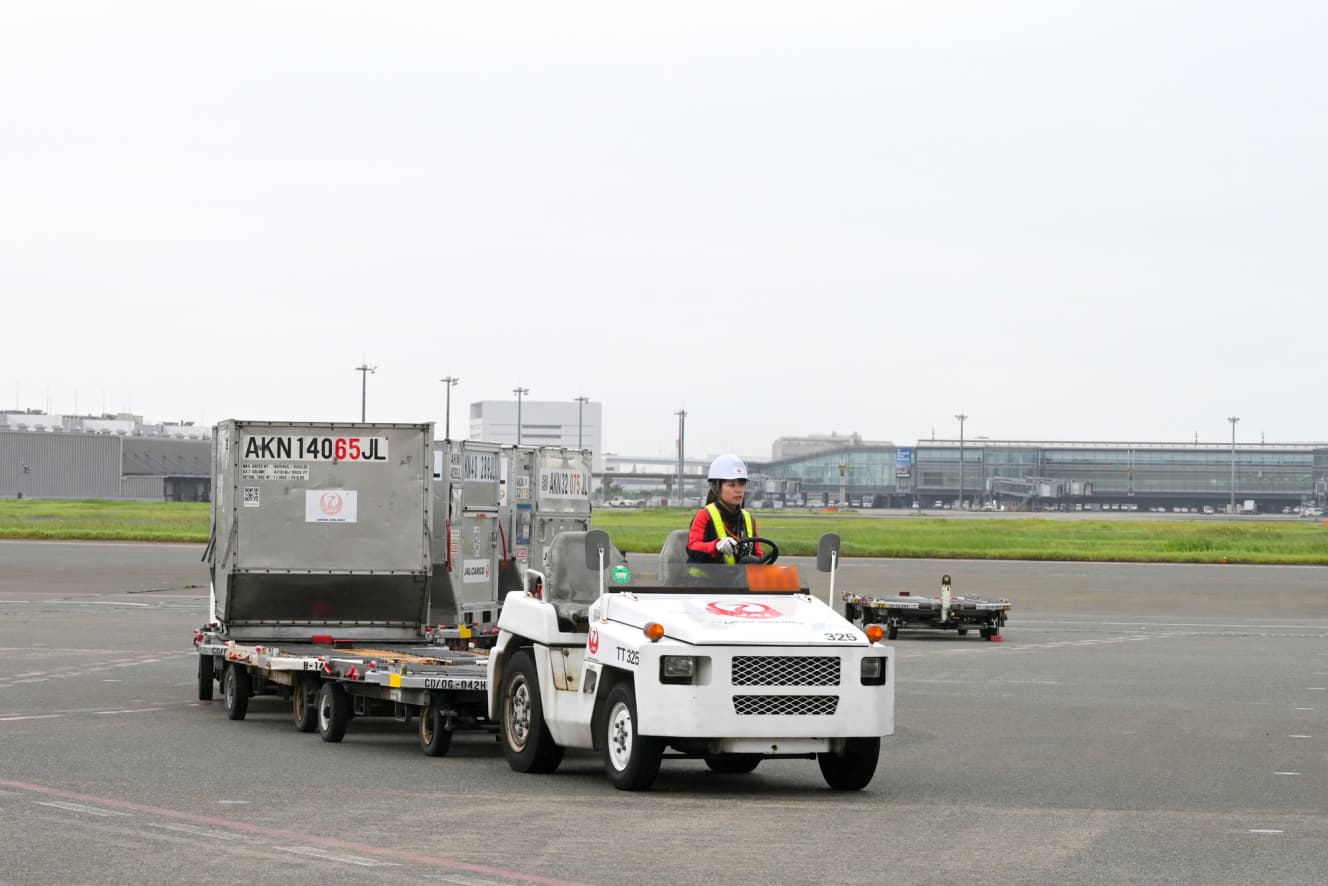
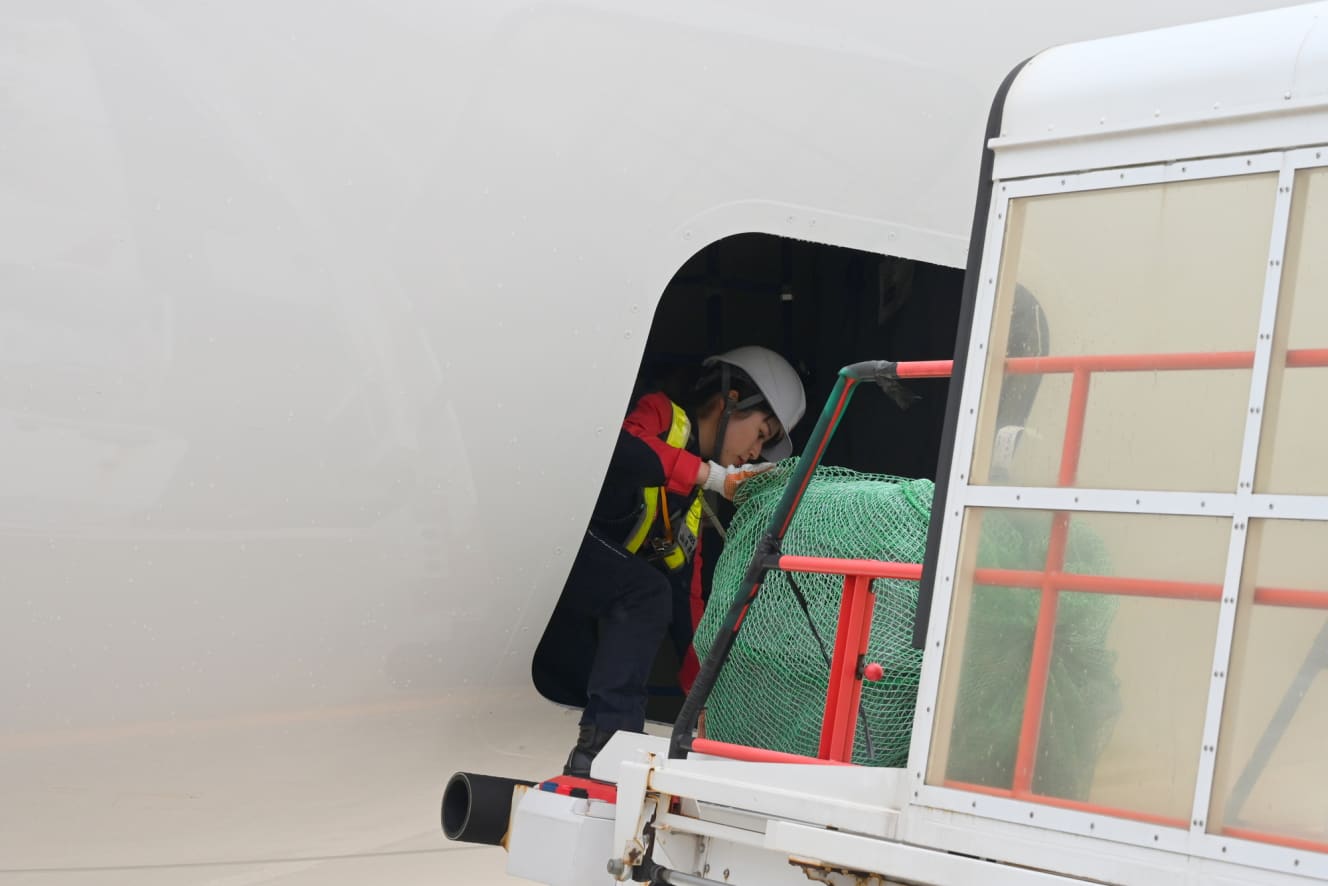
What made you want to work at Grahan?
Mr. Yamamoto joined JGS after graduating from university. Although he did not originally want to work in the aviation field, he looked for a job where he could be active around the world and found a job as a grahan. Mr. Fukuda, on the other hand, had previously worked as a grahan in another company and moved to JGS in search of a place to further his career.
The first thing they both said was that the work environment was far more demanding than they had imagined.
In the summer, the heat from the ground from the sun is extraordinary, and their body temperature frequently exceeds their actual body temperature. Conversely, the winter cold is also harsh. As they wait outside for arriving aircraft, they say they lose feeling in their fingertips. When it rains heavily, they work while being drenched by the rain.
When it rains heavily and at night, it is very difficult to see the lines on the ground, so we have to be more careful than usual when pushing back,” says Fukuzawa, who is in charge of towing car operations.
It’s very difficult to see the lines on the ground when it’s raining hard and at night, so we have to be even more careful than usual when pushing back. It is not only the actual work that is hard. Each towing car operator must be “qualified” to operate a towing car. After several months of training and passing a test, the workers can take on the work. Naturally, the requirements are the same for both men and women.

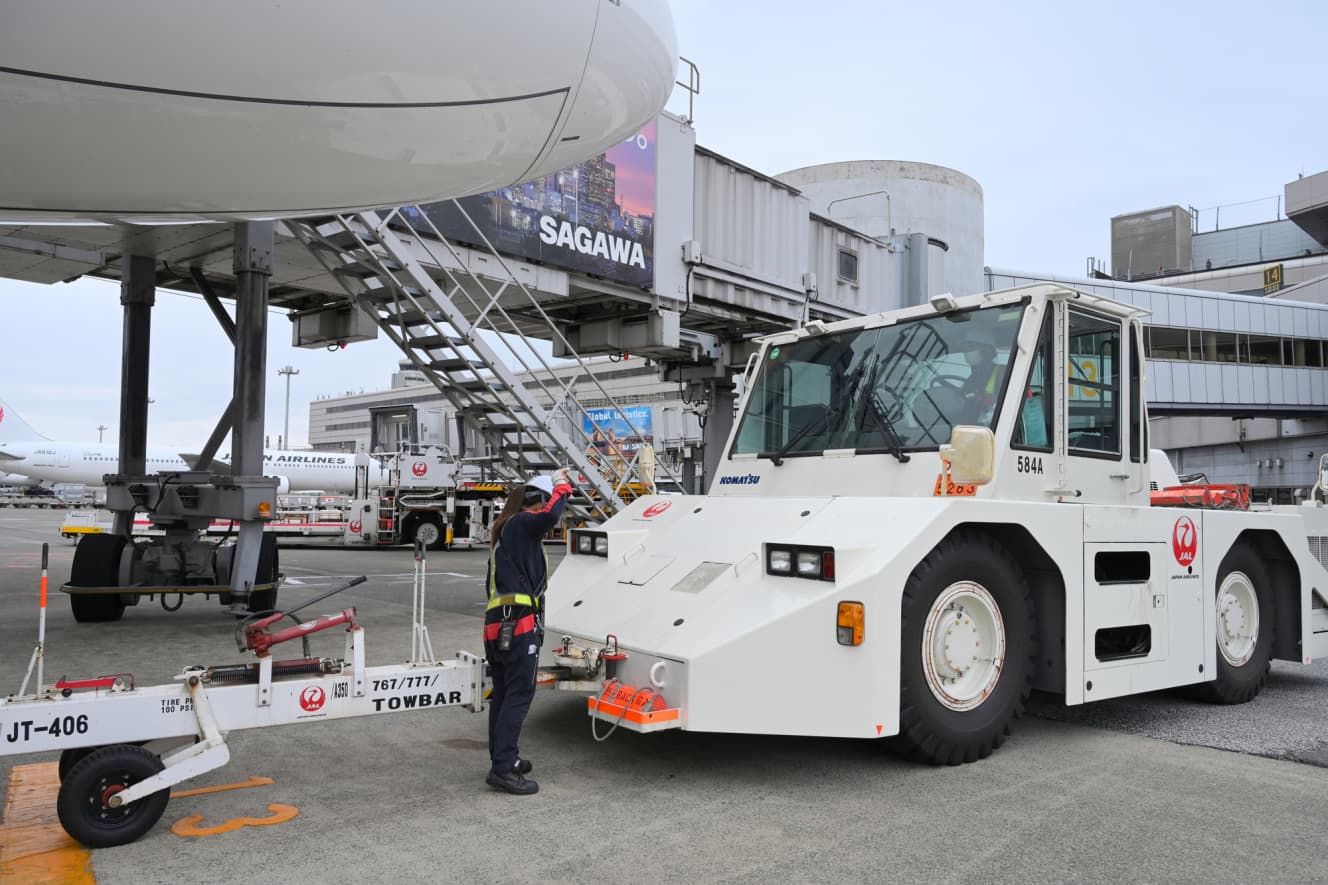
Pride in Work and a Commitment to Safety Supporting a Harsh Work Site
What supports the staff at the grakhand site is “a sense of fulfillment in their work.
We take pride in our work to support flights to and from Haneda Airport.
The two say, “We take pride in our support of flights to and from Haneda Airport. At JGS, we call it “Tokyo PRIDE,” which refers to our passion and belief in our work and our efforts for the “feelings of our passengers” and the “feelings of our colleagues who support us.
Mr. Fukuda says, “The relationship between JGS and the passengers on the plane, waving to each other after all the work is completed, is proof of ‘communication with customers that is not based on words.
I feel a sense of accomplishment, and at the same time, my job as a grahan plays an important role in supporting the safe operation of airplanes, and I am now able to realize my dream as a student of ‘working in a job that supports something in the future.
I am now realizing my dream of working to support something in the future,'” said Mr. Yamamoto.

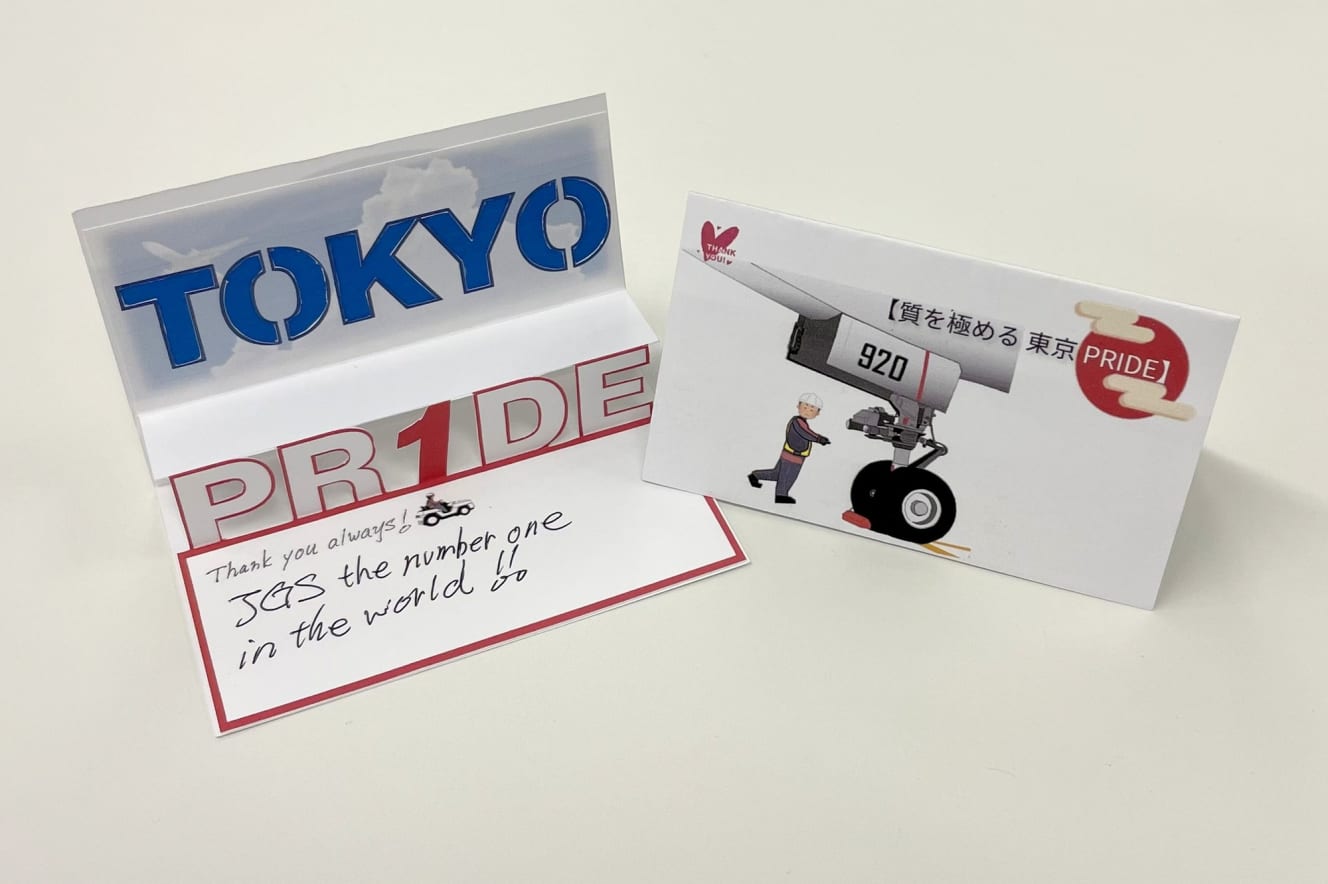
It used to be rare to pass by a female staff member at a grahaning site, but now the number has really increased,” says Mr. Fukuda.
Fukuda, who has been a grakhand for seven years, including at his previous job, recalls how there were fewer women on the ground when he was a grakhand, and according to JGS, as the number of women increased in a predominantly male workplace, communication improved and the workplace became more vibrant, which had a synergistic effect.
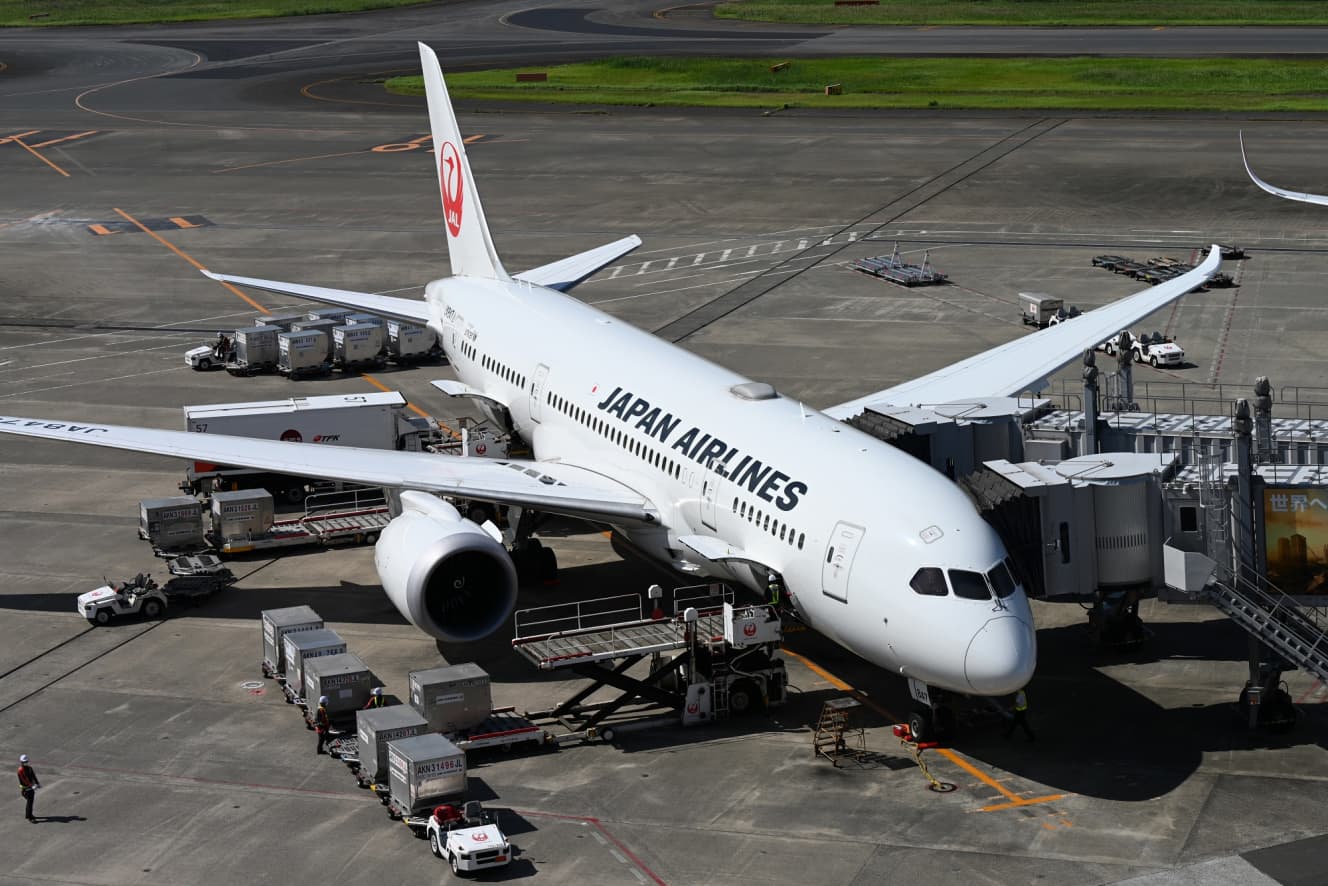
You can see the grahan staff at work from the observation decks at each airport. If you observe for a while at Haneda Airport, you will see women working alongside men. The job of airport staff is now becoming one of the most common occupations for women in the airline industry.
Information and data in this article are current as of October 28, 2022.
Interview, text, and photos: Aki Shikama / Aki Shikama